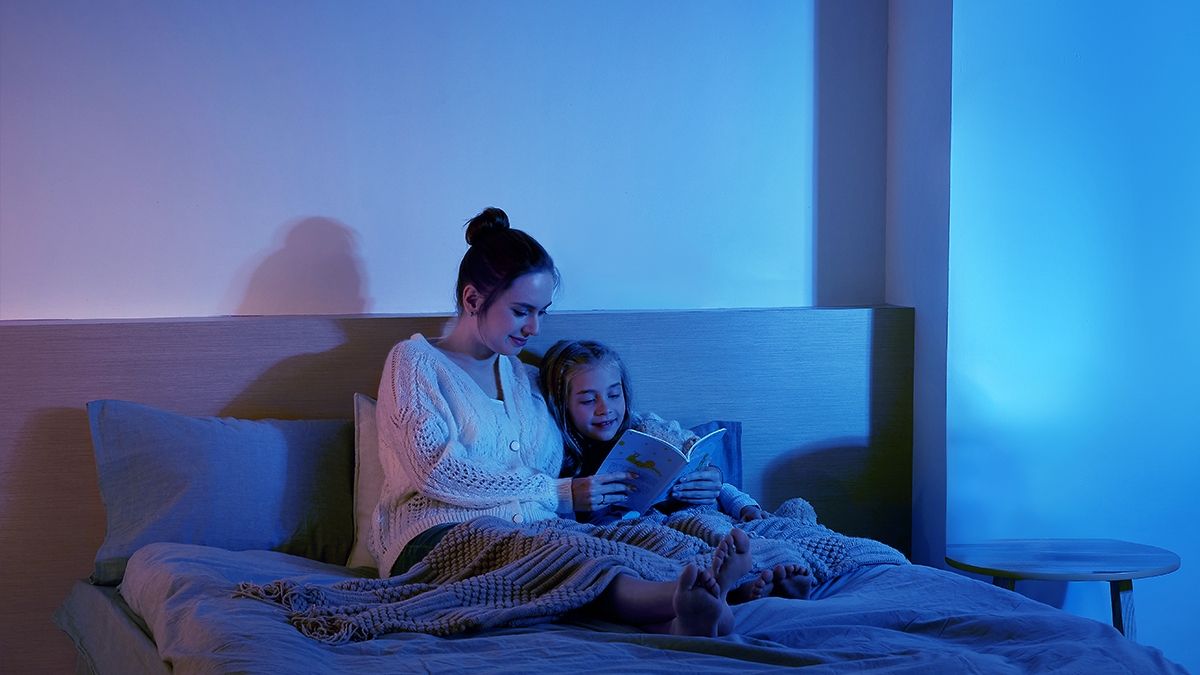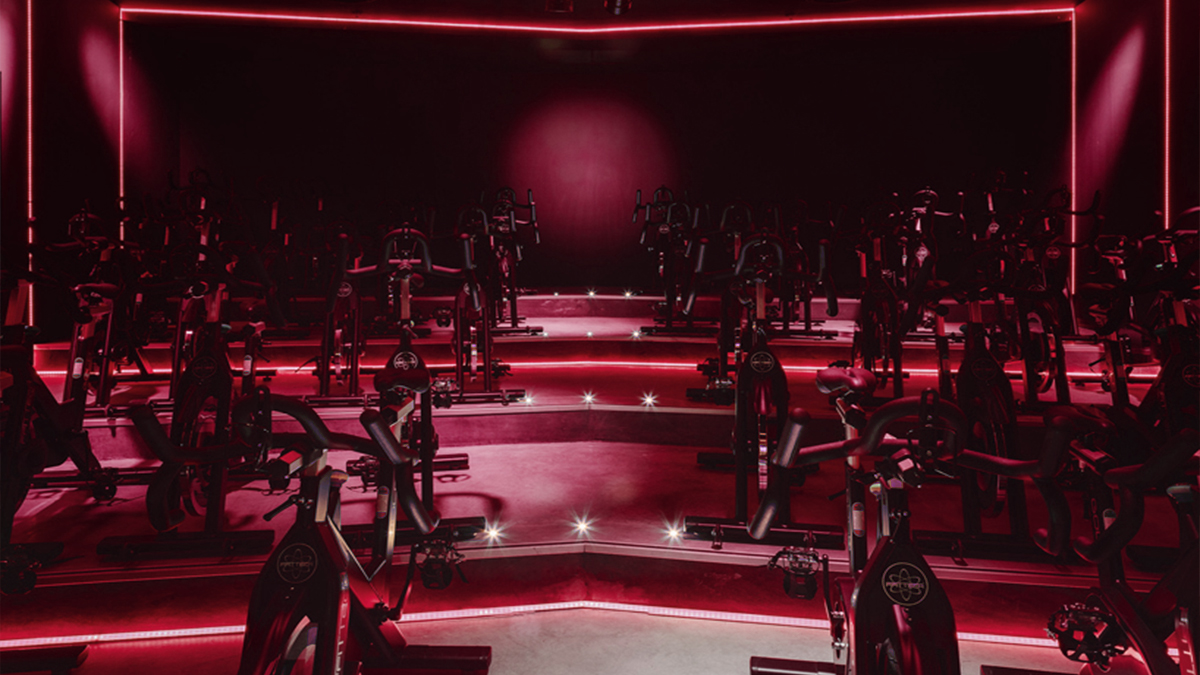What Different Color Lights Do for Your Mood?
Product Introduction
What Different Color Lights Do for Your Mood?

Sometimes, the simplest change in your environment can dramatically shift your emotional state. Using colored lights is one such change.
Snippet paragraph: Different colored lights can influence your mood by affecting your brain chemistry, making you feel more relaxed, energetic, or focused.
Transition paragraph: Keep reading to learn how each color affects you and which ones are best for your mood.
How do different colored lights affect your mood?
Changing the color of your lights can have an immediate effect on how you feel. Your brain associates different wavelengths of light with specific emotions.
Snippet paragraph: Light colors trigger different emotional responses, such as calmness or energy, by influencing your brain’s neurochemical signals.

Dive-Deeper paragraph: Research suggests that colored light therapy, also known as chromotherapy, can influence your emotional state. For example, blue light is known for its calming effects, while red light is associated with energy and excitement. The different wavelengths of light affect the production of hormones and neurotransmitters in the brain, which is why a warm, yellow light can feel cozy and uplifting, while bright white light might make you feel more alert and focused.
The Science Behind Light Colors and Emotions
Light interacts with our circadian rhythm, which regulates our sleep-wake cycles and affects mood. Exposure to certain light colors can either disrupt or enhance this rhythm, influencing our emotional state throughout the day.
| Color | Effect on Mood | Best Time of Day |
| Red | Increases energy, boosts excitement | Morning, Afternoon |
| Blue | Calms and reduces stress, improves focus | Evening, Night |
| Yellow | Uplifting, creates a warm feeling | Daytime |
| Green | Relaxing, improves balance | Anytime |
| Purple | Stimulates creativity and calmness | Evening |
By understanding the science behind each light color, we can use them strategically to enhance our mood and productivity.
What is the best color to improve mood?
The color that improves mood varies from person to person, but certain colors are scientifically proven to have mood-boosting effects.
Snippet paragraph: Yellow and green are often considered the best colors to improve your mood, helping you feel more optimistic and balanced.
Dive-Deeper paragraph: Yellow is associated with happiness, making it a great choice for brightening up a space. It’s often used in settings designed to boost creativity and energy. Green, on the other hand, promotes relaxation and balance. It’s the color of nature and can help reduce anxiety and create a sense of calm. For individuals who feel stressed or anxious, incorporating green into their environment can lead to noticeable improvements in overall mood and stress levels.
How Color Choices Relate to Personality
The color you are drawn to might indicate your mood preferences. For instance, people who gravitate toward warm colors like red or orange may need energy and motivation, while those who prefer cooler colors like blue or purple may be seeking tranquility and relaxation.
What does each LED color help with?
LED lights come in a range of colors, each serving a specific emotional or physiological function. Understanding these can help you use them to your advantage.
Snippet paragraph: Each LED color has distinct benefits for mood, from boosting creativity to promoting relaxation.

Dive-Deeper paragraph: LED lighting technology is widely used for therapeutic purposes due to its versatility. Red LED lights can stimulate the body’s production of adrenaline, helping you stay energized and alert. This is why many people use red lights in their workspaces or home gyms. Blue LED lights, in contrast, are used to reduce anxiety and improve focus, making them ideal for areas where relaxation or concentration is needed, such as bedrooms or study rooms. Green LED lights are often used in environments that require relaxation and stress relief, like meditation rooms or spas.
LED Light Benefits for Specific Activities
|
LED Color |
Activity/Function |
Mood Effect |
|
Red |
Energy, Physical activity |
Boosts energy and motivation |
|
Blue |
Study, Relaxation |
Reduces stress, enhances focus |
|
Green |
Meditation, Relaxation |
Promotes calm and balance |
|
White |
General use, focus areas |
Boosts alertness and clarity |
By tailoring the color of your LED lights to your needs, you can create an environment that best supports your emotional and mental well-being.
Conclusion
Understanding the power of colored lights allows us to use them intentionally to improve mood and productivity.
